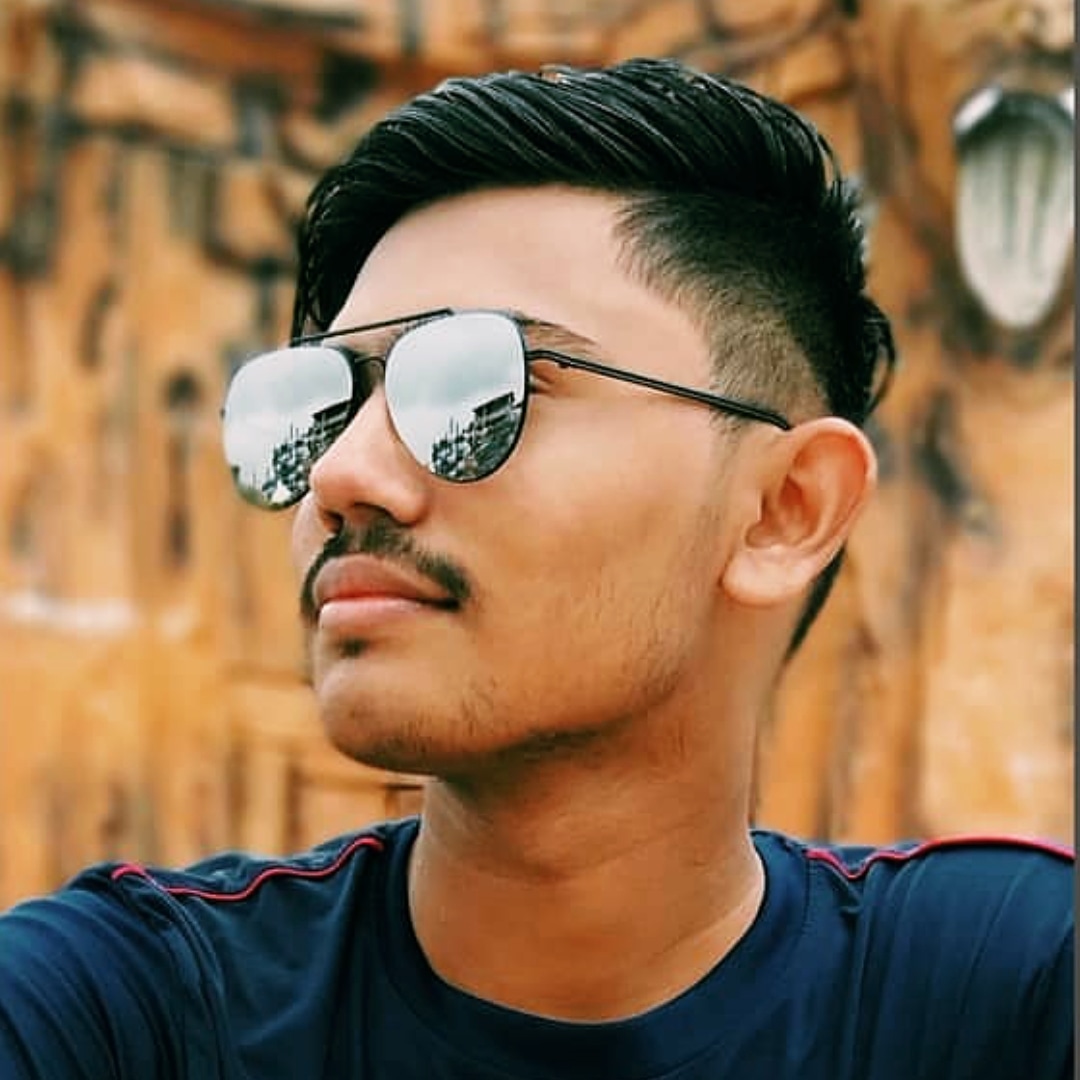"Picture" is everything in the $20 billion market for AR/VR glasses. Purchasers are searching for glasses that are minimal and simple to wear, conveying top notch symbolism with socially worthy optics that don't resemble "bug eyes."
College of Rochester analysts at the Institute of Optics have concocted a novel innovation to convey those ascribes with most extreme impact. In a paper in Science Advances, they portray engraving freestyle optics with a nanophotonic optical component called "a metasurface."
The metasurface is a genuine woodland of small, silver, nanoscale structures on a meager metallic film that adjusts, in this development, to the freestyle state of the optics—understanding another optical segment the scientists call a metaform.
The metaform can challenge the ordinary laws of reflection, assembling the apparent light beams entering an AR/VR eyepiece from all headings, and diverting them straightforwardly into the natural eye.
Scratch Vamivakas, an educator of quantum optics and quantum material science, compared the nanoscale designs to limited scope radio recieving wires. "At the point when we impel the gadget and enlighten it with the correct frequency, these radio wires begin wavering, transmitting another light that conveys the picture we need downstream."
"Metasurfaces are likewise called 'level optics' so composing metasurfaces on freestyle optics is making an altogether new sort of optical part," says Jannick Rolland, the Brian J. Thompson Professor of Optical Engineering and overseer of the Center for Freeform Optics.
Adds Rolland, "This sort of optical segment can be applied to any mirrors or focal points, so we are as of now discovering applications in different kinds of parts" like sensors and versatile cameras.
Why freestyle optics weren't sufficient
The principal showing required numerous years to finish.
The objective is to coordinate the apparent light entering the AR/VR glasses to the eye. The new gadget utilizes a freespace optical combiner to help do that. Nonetheless, when the combiner is important for freestyle optics that bend around the head to adjust to an eyeglass design, not the entirety of the light is coordinated to the eye. Freestyle optics alone can't tackle this particular test.
That is the reason the specialists needed to use a metasurface to assemble another optical segment.
"Coordinating these two advancements, freestyle and metasurfaces, seeing how the two of them connect with light, and utilizing that to get a decent picture was a significant test," says lead creator Daniel Nikolov, an optical designer in Rolland's exploration bunch.
The test of creation
Another impediment was crossing over "from macroscale to nanoscale," Rolland says. The real centering gadget measures about 2.5 millimeters across. Yet, even that is multiple times bigger than the littlest of the nanostructures engraved on the freestyle optic.
"From a plan point of view that implied changing the state of the freestyle focal point and circulating the nanostructures on the focal point such that both of them work in collaboration, so you get an optical gadget with a decent optical presentation," Nikolov says.
This necessary Aaron Bauer, an optical architect in Rolland's gathering, to figure out how to go around the powerlessness to straightforwardly determine metasurfaces in optical plan programming. Truth be told, diverse programming programs were utilized to accomplish a coordinated metaform gadget.
Manufacture was overwhelming, Nikolov says. It required utilizing electron-shaft lithography, in which light emissions were utilized to remove areas of the slender film metasurface where the silver nanostructures should have been stored. Composing with electron radiates on bended freestyle surfaces is abnormal and required growing new creation measures.
The specialists utilized a JEOL electron-bar lithography (EBL) machine at the University of Michigan's Lurie Nanofabrication Facility. To compose the metasurfaces on a bended freestyle optic they initially made a 3D guide of the freestyle surface utilizing a laser-test estimating framework. The 3D guide was then customized into the JEOL machine to indicate at what tallness each of the nanostructures should have been manufactured.
"We were pushing the capacities of the machine," Nikolov says. Fei Cheng, a postdoctoral partner in the Vamivakas bunch; Hitoshi Kato, a JEOL delegate from Japan, and the Michigan staff of the nanofabrication lab, worked together with Nikolov on accomplishing effective manufacture "after various emphasess of the interaction."
"This is a blessing from heaven," Rolland says. "This necessary incorporated collaboration where each commitment was basic to the achievement of this task."
What is freestyle optics?
Freestyle optics is an arising innovation that utilizes focal points and mirrors with surfaces that do not have a hub of balance inside or outside the optics breadth to make optical gadgets that are lighter, more conservative, and more compelling than any other time.
Applications incorporate 3-D imaging and representation, expanded and computer generated reality, infrared and military optical frameworks, Gadgets Radio productive car and LED lighting, energy research, far off detecting, semiconductor assembling and assessment, and clinical and assistive advances.
Rolland, Bauer, and partners at the Center for Freeform Optics as of late distributed a paper in Optica giving an outline of this innovation, including the early improvement of focal points without rotational evenness; the plan, creation, testing, and gathering of freestyle optics; basic hypothesis, and viewpoint for what's to come.



0 Comments